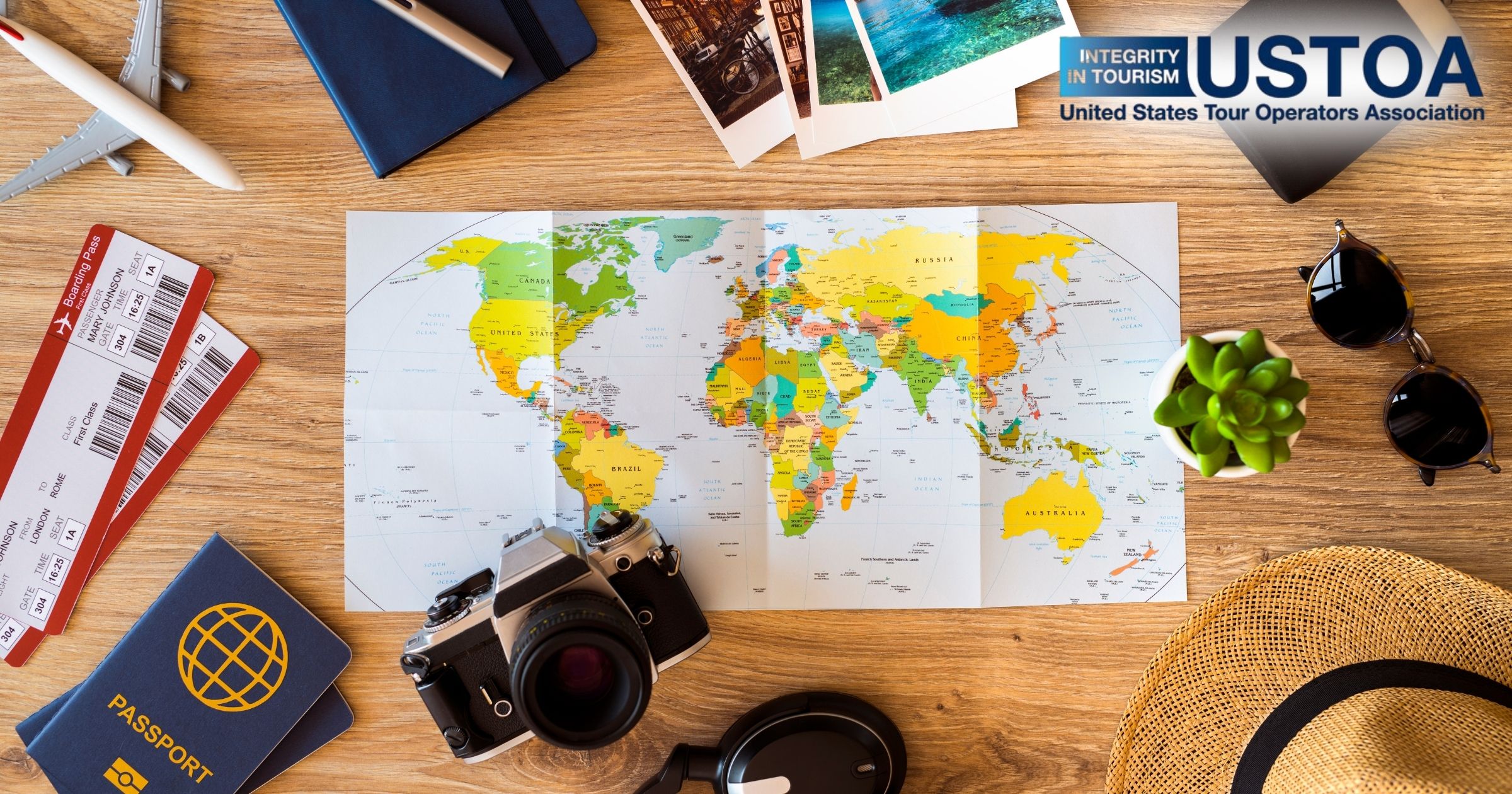Don’t be Blindsided!
Most people know better than to stare at the sun on a day-to-day basis, but solar eclipses are such rare events everyone wants to actually see them when they occur.
However, the light of the sun is so strong that, if you stare at it, the lens in your eye concentrates a spot of sunlight on your retina—killing cells. This goes for eclipses, too. Even if you think you're fine, you're probably not. It usually takes several hours for symptoms to manifest. By then, the damage is done.
If you're on the road with groups during the Total Solar Eclipse 2017—and lucky enough to witness it—share these tips to optimize your viewing experience, while keeping your eyes safe.
Don't look into the light!
Looking directly at the sun during an eclipse is unsafe—except during the brief phase of totality, when the moon entirely blocks the sun's bright face. The only safe way to look directly at the partially eclipsed sun is through special-purpose solar filters or handheld solar viewers.
Ordinary sunglasses won't cut it.
You absolutely, 100 percent, need certified eclipse glasses.
Don't look at the partially eclipsed sun through an unfiltered camera, telescope, binoculars or other optical device.
Also, don't look through these things while using your eclipse glasses or solar viewers. The concentrated solar rays will damage the filter and enter your eyes.
If you or your group members are planning on photographing the eclipse, seek expert advice from an astronomer.
Don't stare continuously at the sun.
Take breaks and let your eyes rest.
Don't let the safety hype deter you and your group members from enjoying the celestial phenomenon. The next time the United States will witness a total solar eclipse of this magnitude is 2024.
Written by Cassie Westrate, staff writer for Groups Today.



